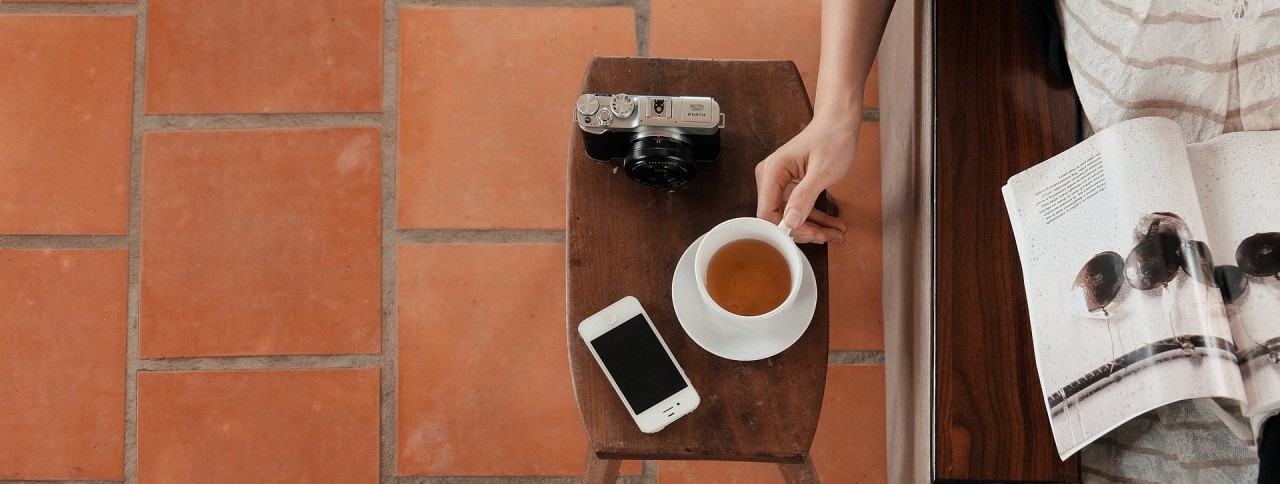
Working women in organised sector have been struggling with inadequate provisions in Maternity Benefits Act 1961 and an amendment was long due. Maternity amendment bill seeks to address most of the issues though not all. Proposed amendment would significantly improve the working condition for 1.8 million working women in organised sector in India. Before getting into how this is going to benefit all stakeholders involved such as working women, children, companies and economy of the country, lets briefly understand what key features of this amendment are:
- Duration of maternity leave: The Bill increases maternity benefit of paid leave from 12 weeks to 26 weeks.
- Maternity leave for adoptive and commissioning mothers: The Bill introduces a provision to grant 12 weeks of maternity leave to: (i) a woman who legally adopts a child below three months of age; and (ii) a commissioning mother.
- Option to work from home: The Bill introduces a provision that states that an employer may permit a woman to work from home.
- Crèche facilities: The Bill introduces a provision which requires every establishment with 50 or more employees to provide crèche facilities within a prescribed distance. The woman will be allowed four visits to the crèche in a day.
- Informing women employees of the right to maternity leave: The Bill introduces a provision which requires every establishment to intimate a woman at the time of her appointment of the maternity benefits available to her.

All of the changes above are actually solutions to the major pain points working women face in our country. Woman ‘s dual roles of a primary care provider/nurturer to the child and a responsible professional at work should not be at conflict with each other.Lack of support from govt legislation and HR policies at the workplace has been pushing working women towards a situation where she is forced to choose between her career and child. With new responsibilities of child, a working mother desperately tries to make it work and continue working but when faced with inadequate support from available laws, company policies and child care arrangement, there is no option left but to quit her job. Amendment at least fixes part of the problem and is a great start in addressing the key pain points. Amendment itself should contribute to a significant reduction in number of women dropping out of workforce due to child care responsibilities. In addition to obvious direct benefits to working women, amendment could lead to following macro level benefits to other important stakeholder such as economy and companies in organised sector:
- Arresting the “leaking pipeline” of working women. Leaking pipeline is a phrase used to represent loss of women employees in organised sector.Between the age of 25 to 30, one-third of women move out of the work force and 30 percent of these never return
- Increase in GDP due to increased women participation in workplace.A study by Booz and Company estimates that if men and women in India were to be equally employed, its GDP could go up by 27 percent.
- Greater representation of women in C-suites and boardrooms. One of the key reasons for low representation of women in senior management levels is women dropping out at middle management levels. Out of the professionals joining at the entry-level, 29 percent are women, this number dwindles to 9 percent at mid to senior management and is less than 1 percent at CEO level (source: McKinsey data base)
key beneficiaries of this amendment are:
Working women
Women are forced by unfavorable work conditions and lack of support at workplace and home to quit their jobs and exit the workforce bringing down their household income and aborting their career aspirations and dreams. This amendment solves some key pain points with solutions such as adequate paid maternity leave, work from home option and crèche facility. Amendment increases the odds for women to not drop out and continue their career, therefore an increased possibility of realizing their full potential and reaching the corner offices and boardrooms.
Children
The biggest beneficiary of this amendment would be children. When it is prescribed for newborns to be exclusively on mother’s milk up till 6 months of age, how can maternity leave be less than this duration? A leave of 3 months was forcing many mothers to wean their new-born babies jeopardising a child’s development and long-term health. 26 weeks of paid maternity leave would ensure that a new born’s basic right of nurture by a mother is not denied. This would play a big role in addressing issues of malnutrition and infant mortality in our country.
Companies in organised sector
Gender diversity is important metric for all leading companies and higher educational institutions. Only legislation is not enough to increase the women representation at senior levels of management, companies need to be more committed in improving gender diversity through implementing and measuring pro women policies and initiatives such as flexibility of work hours, function and role change options, part-time work, sabbatical, work from home and fair appraisal processes etc. Companies need to sensitize the male employees on special needs and child responsibilities of women in order to create an empathetic and sensitive work environment. Companies also need to ensure that women are not indirectly penalised or denied growth opportunities for availing the flexible work options.
All and all, the amendment is a good start and closes many existing gaps in Maternity benefits act and is one of the best news in recent times for working women and their careers.
Reference:the-maternity-benefit-amendment-bill-2016-4370/



